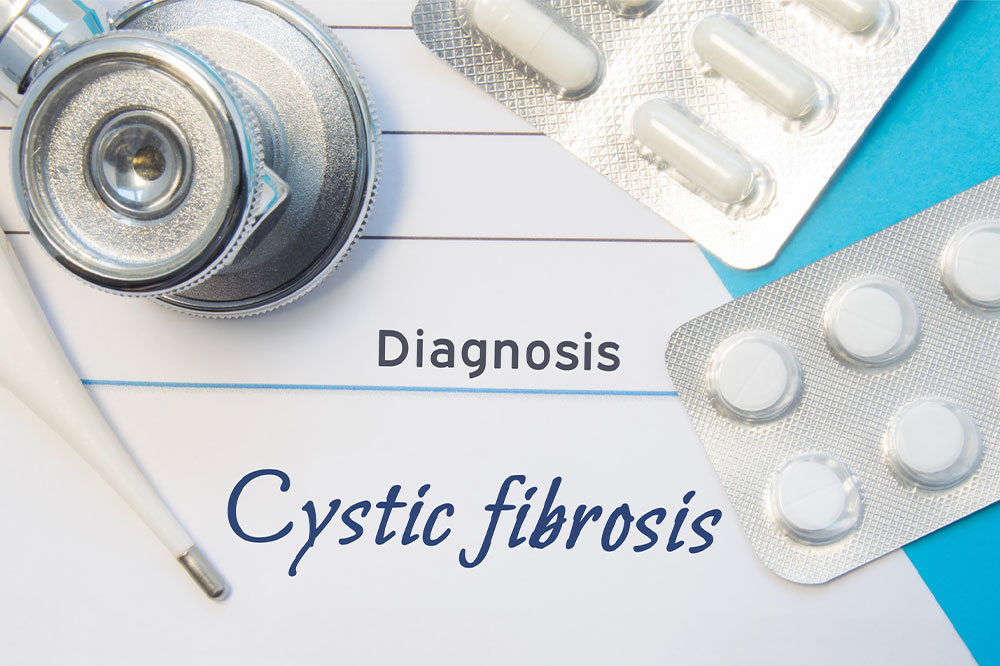Understanding Leukemia: Types and Treatment Approaches
This article offers an in-depth overview of leukemia, including its types, symptoms, diagnostic methods, and treatment options such as radiation, chemotherapy, and stem cell transplants. It emphasizes the importance of early diagnosis and personalized treatment approaches for better outcomes in managing this blood cancer.

Understanding Leukemia: Types and Treatment Approaches
Leukemia is a primary form of blood cancer, alongside lymphoma and multiple myeloma. It primarily affects white blood cells (WBCs), but red blood cells and platelets can also be impacted. The disease is notably more common in adults, with diagnosis ten times more frequent than in children, particularly increasing with age.
Symptoms vary by leukemia subtype. Major types include:
Acute lymphocytic leukemia (ALL)
This type affects both blood and bone marrow, which produces blood cells within bones. Symptoms include gum bleeding, recurrent infections, and bone pain.
Chronic lymphocytic leukemia (CLL)
CCL develops gradually, often showing no early signs. Later stages involve fatigue, weight loss, and swollen lymph nodes.
Chronic myelogenous leukemia (CML)
Characterized by high WBC counts due to gene abnormalities in bone marrow, primarily affecting adults.
Diagnosis
Early detection is challenging since some leukemias do not exhibit symptoms initially. Blood tests and bone marrow examinations are essential for diagnosis, guiding effective treatment choices.
Treatment options
Depending on the patient's age and disease stage, doctors may recommend:
Radiation therapy
This method uses high-energy X-rays to eradicate rapidly dividing leukemia cells, preventing organ damage.
Bone marrow transplantation
This procedure involves replacing damaged marrow with healthy stem cells to restore normal blood cell production.
Chemotherapy
Medications in pill or injection form target leukemia cells, though they may cause side effects like fatigue and hair loss.










